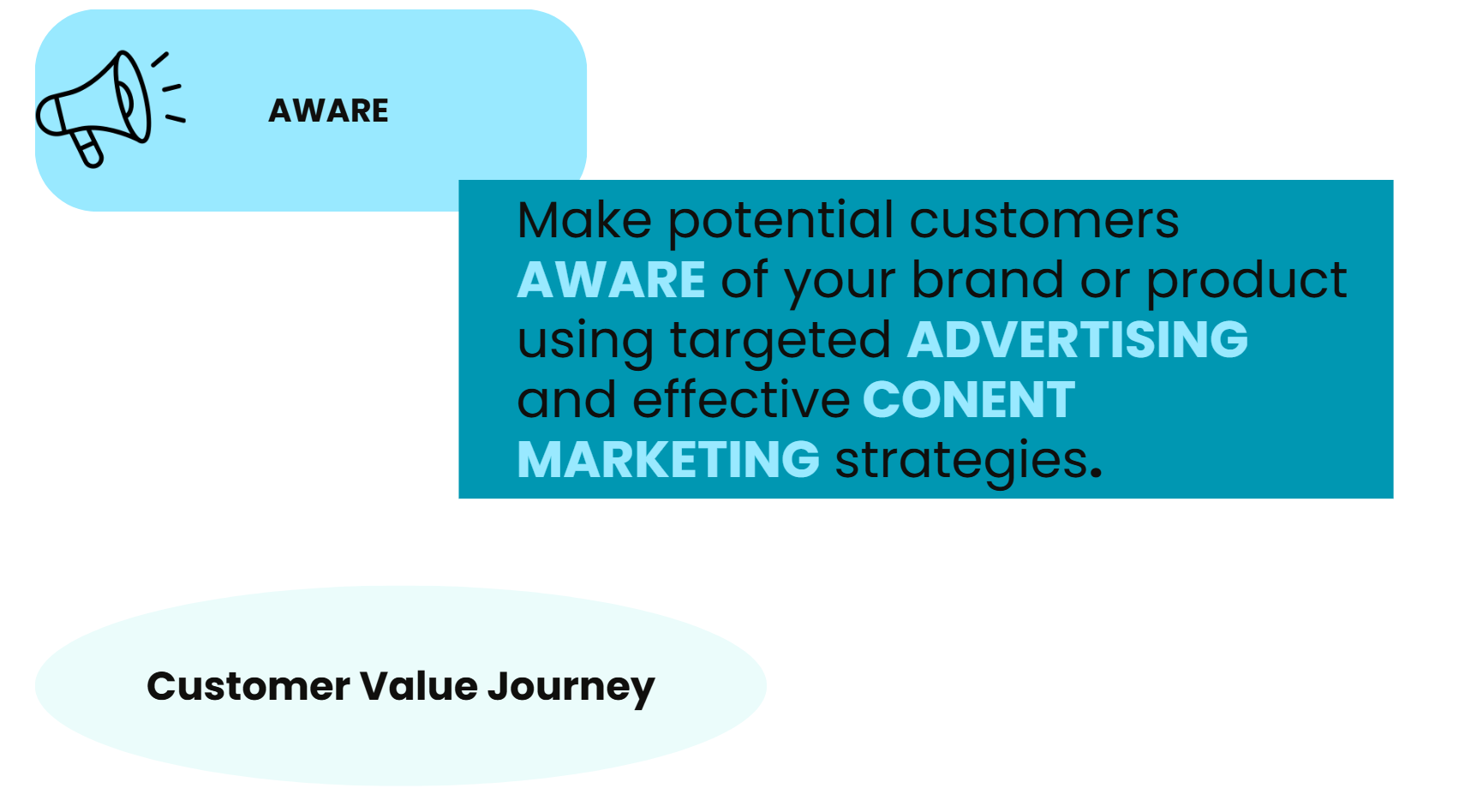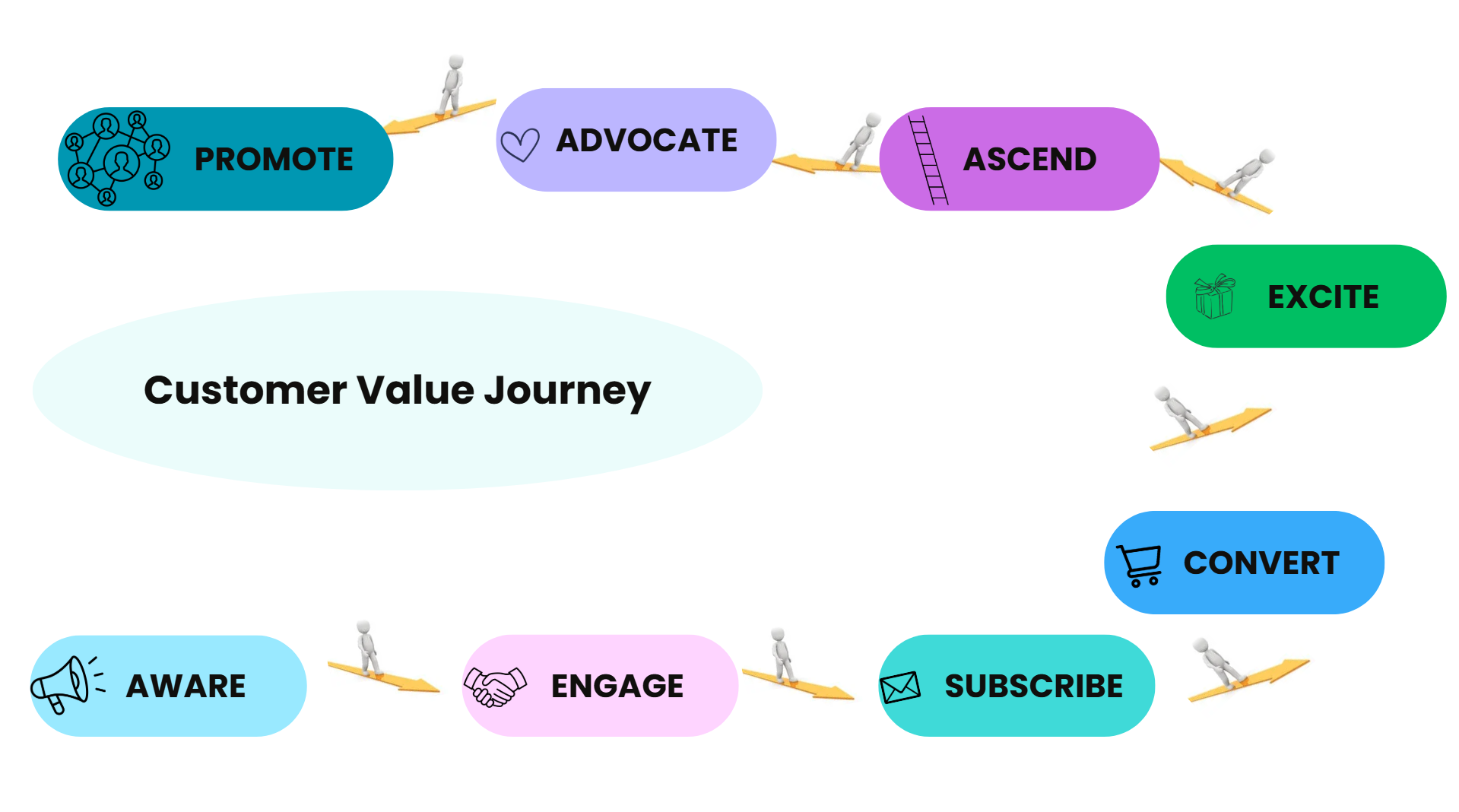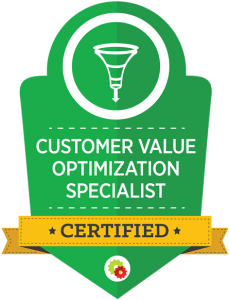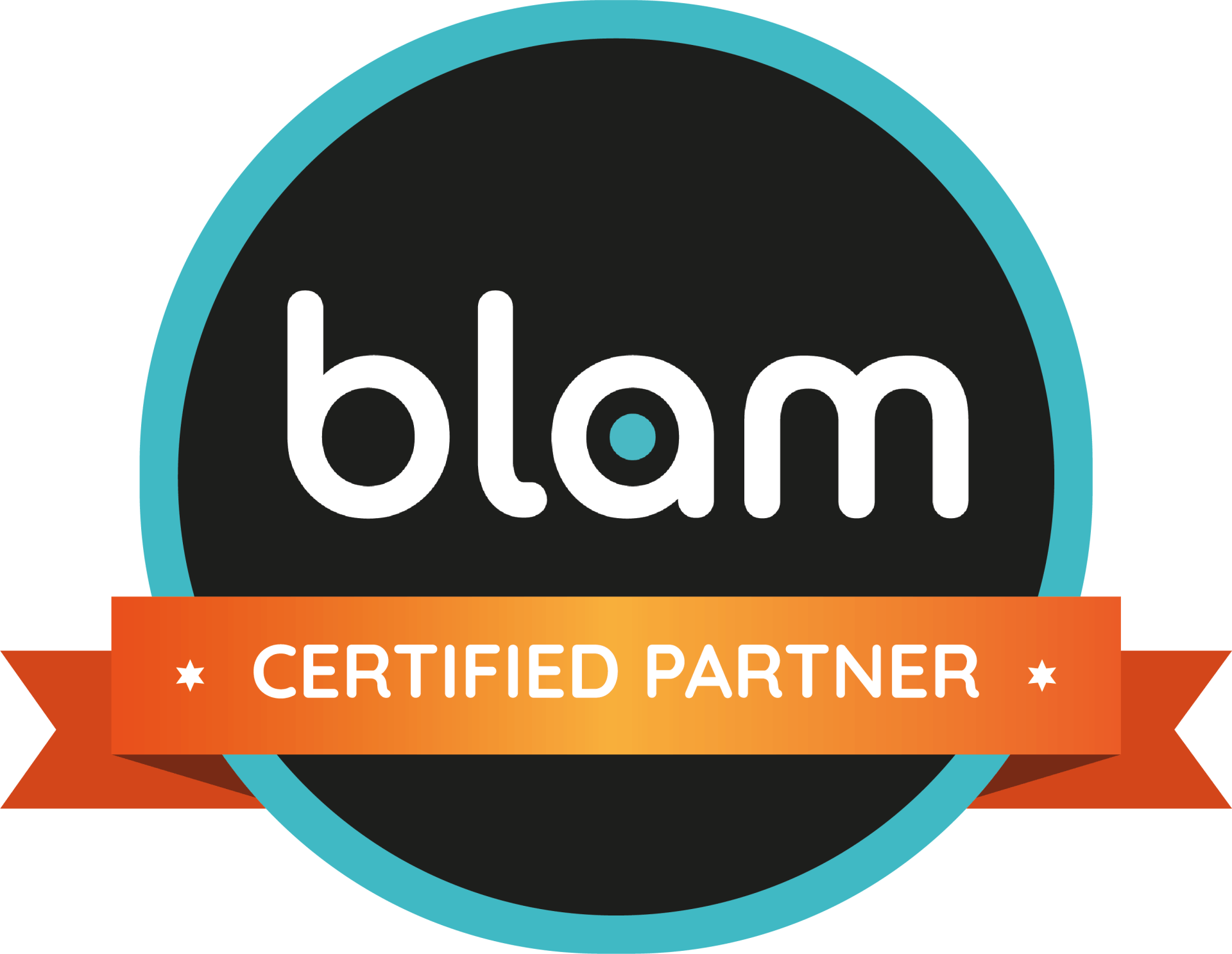The Customer Value Journey - Step 1: Aware
Aware - Welcome to our series on the Customer Value Journey. Today, we're diving into the first, and arguably most crucial step: "Aware".

Hey there and welcome to the first installment of our 8-part series on the Customer Value Journey (CVJ) in Digital Marketing. If you're scratching your head wondering what in the world CVJ is, don't worry—we've got you covered. This journey is your roadmap to turning complete strangers into raving fans of your business. And today we're starting at the very beginning with the first stage: Aware.
Imagine you’re hosting a party.
You've got the music, snacks, and a cozy atmosphere. But if no one turns up, was anyone even aware of this party?
So, you get it, right? As a business person today, you can't just appear out of nowhere with a product and expect people to know about it immediately, AND know about YOU too. Never mind the product; if they're savvy potential customers, they'll be asking questions like, 'Are you even trustworthy?'
Let’s look at a business example.
Suppose you run a friendly dental practice in Laois. To get people to know you exist, you might:
- Post informative and engaging content: Share posts about dental hygiene tips, before-and-after photos of successful treatments (with patient consent, of course), or fun facts about dental care on your social media platforms.
- Run a targeted ad campaign: Use keywords like “best dentist in Laois,” “pain-free dental treatments,” or “family-friendly dental clinic” to attract potential patients who are searching for these services online.
- Partner with local influencers: Collaborate with local health and wellness influencers to give shout-outs to your dental practice, perhaps by offering them a free dental check-up or teeth whitening session in exchange for a review.
These strategies can help raise awareness of your dental practice, making it easier for potential patients to find you and learn about the services you offer.
The Awareness stage is all about gaining visibility & building trust. It's where you spark curiosity, introduce your brand or product to potential customers, ideally, without coming off like a pushy salesperson at a used car lot.
Actionable Tips
Here are a few actionable tips to help you ace the Aware stage:
- Targeted Advertising Sure, we can advertise, but we don't want to throw our ads like darts at a board in a darkened room, with no idea where the bullseye is. Think of targeted advertising as being your spotlight in that room. Platforms like Google Ads, Facebook Ads and LinkedIn allow you to aim that spotlight precisely where it matters. You're not just shouting into the void; you're speaking directly to those who might actually care about what you have to offer. The key here is precision—nobody likes irrelevant ads clogging up their feed, even if it is your amazing advertisement.
- Content Marketing High-quality content can be your ticket to gaining respect. Blog posts, videos, and infographics that provide real value to your audience can set you apart from the noise. Think educational articles or how-to videos delivered via your website, or your emailing list. Your goal is to become a go-to resource in your industry. When people see that you're genuinely knowledgeable, they’ll remember you.
- SEO Optimization SEO is the roadmap that leads people straight to your door. Optimize your website and content to ensure you pop up when potential customers are searching for relevant keywords. Remember, the higher you rank on search engines, the more likely you are to be seen.
- Social Media Engagement Engage with your audience by regularly posting captivating content, responding to comments, and participating in conversations. Share memes, celebrate holidays, post behind-the-scenes content—whatever it takes to make your brand relatable and engaging. Remember, social media isn’t just about broadcasting; it’s about building relationships & getting your name out there.
Engaging Visuals
Visuals are a game-changer in this stage. Think about creating:
- Eye-catching infographics that explain what your business does.
- Short, engaging videos showcasing your products or services.
- Vibrant, high-quality images for social media posts.
Consider the importance of maintaining a consistent visual identity across all platforms. Use your brand and colours so that the visuals remind people of your business as they start seeing more and more posts about it.
Did you know?
Did you know that businesses with active social media presence see an average of 37% more customer engagement? And 93% of online experiences begin with a search engine? These stats highlight the importance of being visible online.
Overwhelmed?
If you're feeling a little overwhelmed by the sheer number of strategies out there, here's the thing—simplicity is key. Start with the basics, and you’ll be surprised at how effective they can be. Plus, who doesn’t love a lovely dentist fresh smile on their feed?
Ready to drill into the next stage of the Customer Value Journey? Stay tuned for Part 2, where we’ll dive into the Engage stage. Happy marketing! 🚀

Contact Us












